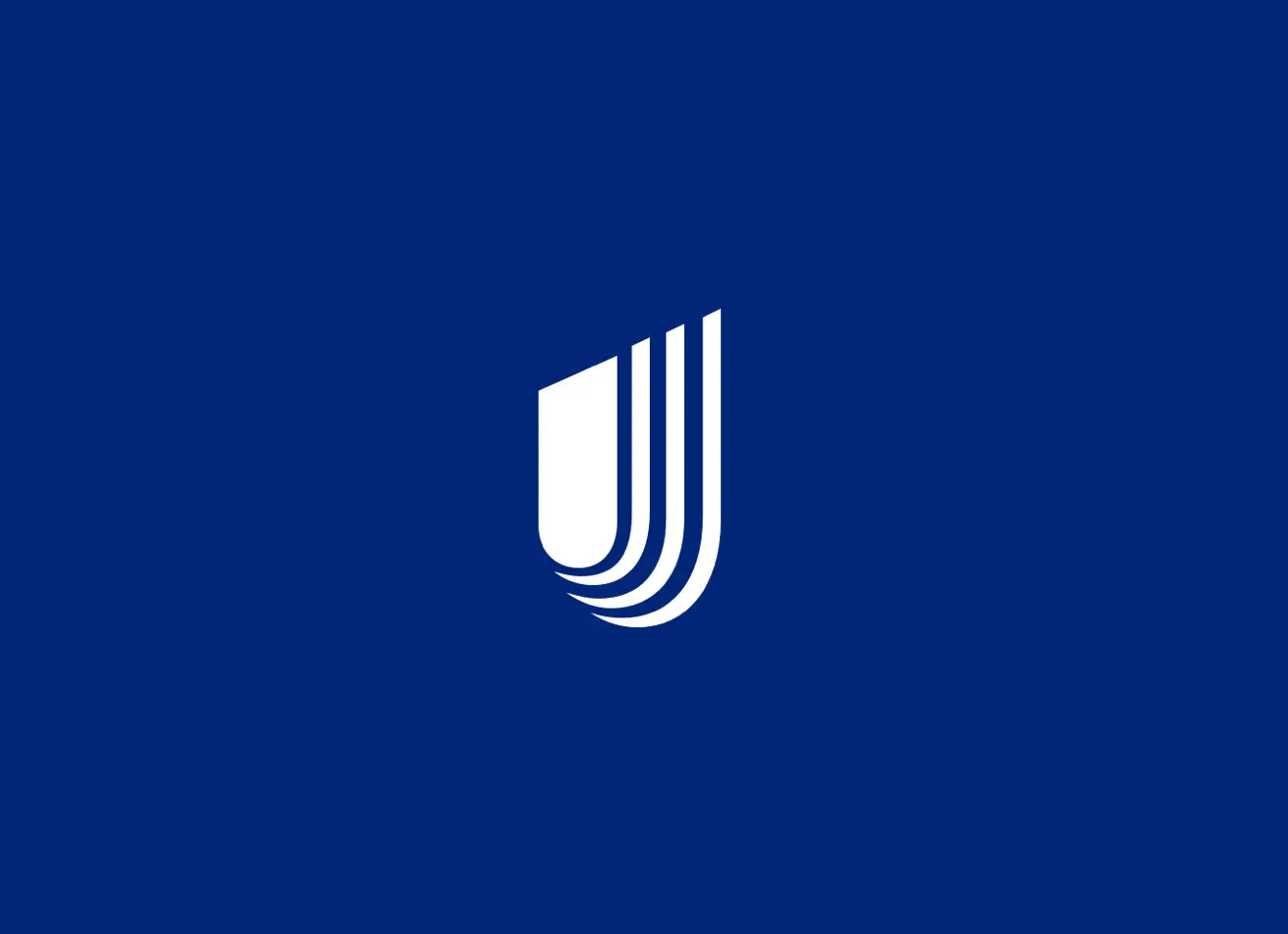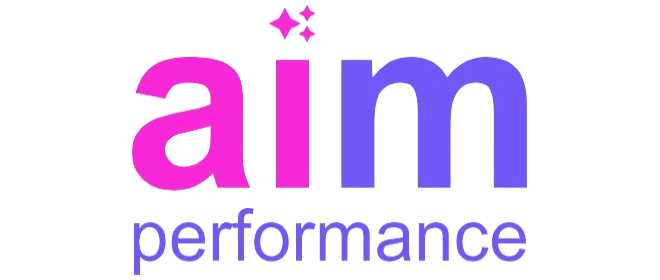Introduction: The Importance of Shift Management for Blue Collar Workforce
Effective shift management plays a crucial role in ensuring the smooth operation of industries that rely heavily on blue-collar workforce. From manufacturing to logistics, blue-collar employees often work in rotational shifts, making it essential for companies to optimize their shift schedules. In this context, performance management emerges as a powerful tool that not only tracks and evaluates employee performance but also helps in improving shift management.
Understanding Performance Management in Blue Collar Context
Performance management refers to a systematic approach to monitoring, evaluating, and enhancing employee performance. For the blue-collar workforce, performance management goes beyond setting KPIs. It involves real-time feedback, goal alignment, and tracking attendance, efficiency, and work quality. When integrated with shift management, performance management can bring more clarity and structure to shift-based operations.
By tracking key performance metrics, organizations can understand which shifts or work schedules result in the best performance. Furthermore, this data-driven approach helps in adjusting schedules to align with employee productivity patterns, ensuring that the workforce remains motivated and engaged.
Reducing Shift Conflicts and Fatigue Through Data-Driven Decisions
Shift conflicts, absenteeism, and fatigue are common challenges for companies relying on blue-collar workforce. Performance management systems can collect data on attendance, overtime hours, and work breaks, making it easier to identify trends that may lead to burnout or conflicts. By analyzing this data, companies can adjust shift schedules to reduce workload during peak hours and prevent employee fatigue.
Moreover, a robust performance management system helps managers anticipate bottlenecks in production that could be caused by staff shortages or overlapping shifts. This proactive approach enables more balanced shift management, reducing employee fatigue and enhancing overall productivity.
Enhancing Workforce Productivity During Shifts
Performance management helps in pinpointing how employees perform during different shifts. Some employees may be more productive during morning shifts, while others excel at night. By identifying these patterns, companies can allocate employees to shifts where they are likely to perform best. This shift optimization can lead to improved efficiency and output, making the workforce more productive overall.
Effective shift management relies on real-time performance feedback, which helps identify any declines in productivity during shifts. This continuous feedback loop enables managers to address issues such as long hours, lack of resources, or insufficient breaks promptly, thereby maintaining high standards of performance throughout the shifts.
Improving Communication and Collaboration Across Shifts
In industries that operate 24/7, ensuring smooth communication between different shifts is vital. Performance management systems enable better coordination between shifts by keeping detailed logs of completed tasks, issues encountered, and pending work. These logs provide the incoming shift with clear and updated information, reducing confusion and overlap.
Additionally, performance management promotes team collaboration by establishing collective goals across different shifts. When employees are evaluated on team performance, they are more likely to communicate effectively, fostering a sense of shared responsibility and improving overall shift management.
Addressing Skill Gaps and Training Needs
Shift management isn’t only about filling in schedules; it’s also about ensuring the right skills are available at the right time. A performance management system identifies skill gaps among the workforce, allowing managers to provide targeted training for employees during shifts. This improves the overall competency level of the workforce.
By aligning performance evaluations with shift schedules, companies can rotate skilled employees to shifts that require more technical expertise while offering training to others who are lagging behind. This creates a more capable and flexible workforce, ready to handle diverse challenges across different shifts.
Increasing Employee Engagement and Job Satisfaction
One of the key ways performance management helps in improving shift management is by boosting employee morale. Blue-collar workforce often face challenges like irregular hours, long shifts, and low job satisfaction. However, when they receive regular feedback, recognition, and development opportunities, they feel more valued.
Moreover, performance management systems can be used to create more flexible shifts, allowing employees to choose or swap shifts based on their preferences or personal commitments. This flexibility enhances employee engagement and reduces burnout, leading to a more motivated and committed workforce.
Reducing Absenteeism and Turnover Rates
High absenteeism and turnover rates are major concerns for blue-collar industries. Performance management systems can track attendance patterns and identify frequent absentees, allowing managers to address the issue proactively. With this data, companies can implement reward systems for consistent attendance or offer flexible shift options for employees with genuine reasons for absenteeism.
Additionally, clearer performance metrics and fair evaluations help employees understand what is expected of them, reducing dissatisfaction and the likelihood of quitting. When shift management is fair and efficient, it not only improves employee satisfaction but also reduces turnover rates.
Creating a Culture of Accountability
A well-implemented performance management system promotes accountability, which is a key aspect of effective shift management. Employees become more responsible during shifts when they know their performance is being monitored. Performance management systems provide the framework for setting clear, measurable goals that tie into shift management practices, encouraging employees to take ownership of their tasks.
By combining performance management with shift management, companies can create an environment where employees are accountable for meeting their targets. This approach results in a more reliable and diligent workforce, improving overall shift productivity.
Leveraging Technology for Real-Time Shift Management
Technology has revolutionized the way performance management and shift management work together. Automated tracking and monitoring tools provide real-time insights into employee performance during shifts, helping managers make data-driven shift management decisions.
Real-time shift management tools can monitor attendance, task completion, and even employee movements within the workplace. These insights ensure that shifts are running efficiently and that no time is wasted. If a particular shift is underperforming, managers can intervene immediately, redistributing tasks or providing additional support to keep operations on track.
Conclusion: Performance Management as the Foundation for Improved Shift Management
In conclusion, performance management is instrumental in enhancing shift management for the blue-collar workforce. By using data-driven insights, improving communication, addressing skill gaps, and creating a culture of accountability, companies can ensure their shifts run efficiently and productively. Performance management doesn’t just benefit the organization but also improves the work experience for employees, leading to higher engagement, lower turnover, and a more motivated workforce.
By integrating performance management into shift scheduling, organizations can meet their production goals while supporting the well-being of their blue-collar workforce.











